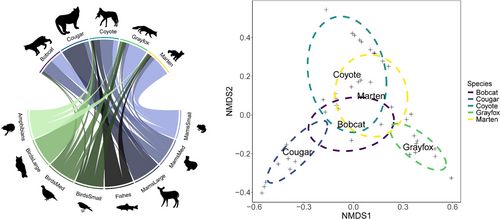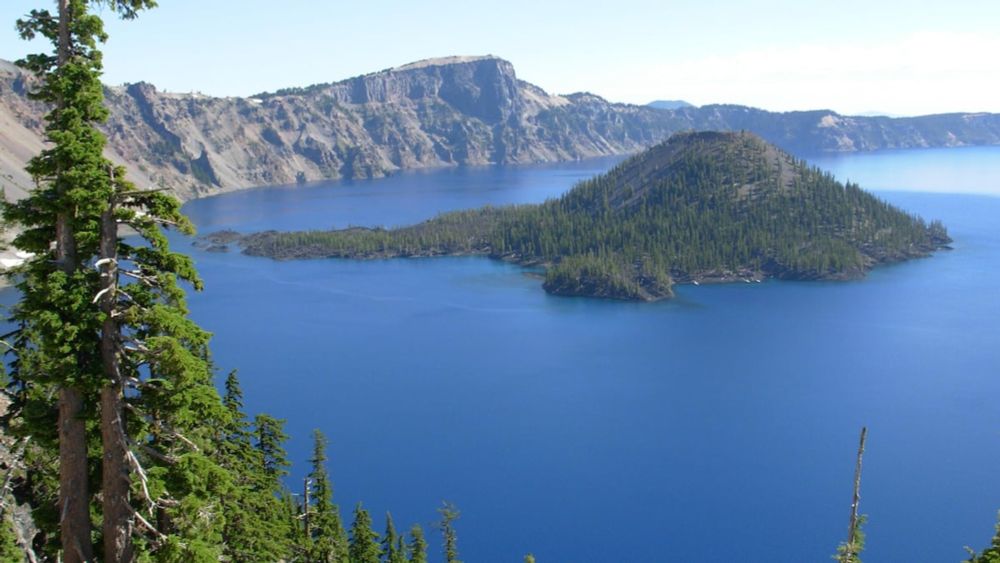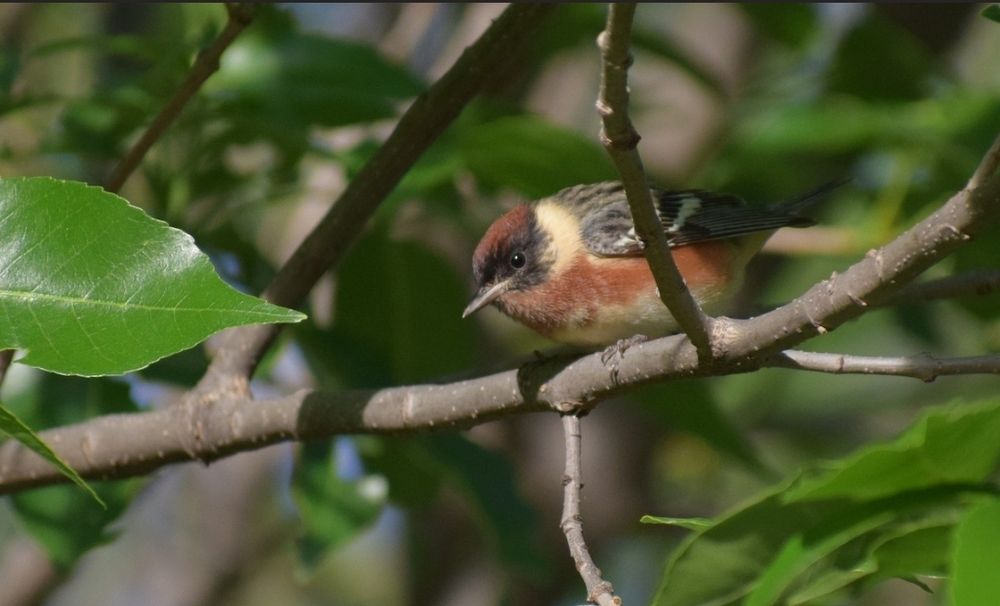marie martin
@mellenmartin.bsky.social
110 followers
110 following
7 posts
ecologist at OSU, fan of weasels, birds, handicrafts
Posts
Media
Videos
Starter Packs
Reposted by marie martin
Reposted by marie martin
Reposted by marie martin
Colin Carlson
@colincarlson.bsky.social
· Jul 11
Colin Carlson
@colincarlson.bsky.social
· Jul 11
Reposted by marie martin
Reposted by marie martin
Reposted by marie martin
Colin Carlson
@colincarlson.bsky.social
· May 19
Reposted by marie martin
Reposted by marie martin
Reposted by marie martin
Reposted by marie martin
gavin jones
@ecologyofgavin.bsky.social
· Mar 26
Reposted by marie martin
Reposted by marie martin
marie martin
@mellenmartin.bsky.social
· Mar 19
Reposted by marie martin
Reposted by marie martin



















